An Integrated Architecture, Methods and Some Tools for Enhancing Sustainable Enterprises and Systems
Abstract
:1. Introduction
2. Research Objectives
- Sustainable green engineering covers all aspects of energy management, including the modeling and control of energy management systems (i.e., energy management of raw material production, manufacturing processes, energy optimization of machines, entire factories, warehouses, computer data centers and server silos, automobiles, aircraft and other transportation systems, and many others, that are all related to a global manufacturing system).
- Renewable energy and alternative energy.
- Machine and process optimization, development and testing, using real-time machine and system health-check/monitoring systems, with sustainability statistics integrated into a feedback-controlled system, helping to avoid out-of-control situations in any process step and, eventually, preventing recalls.
- Asset management, asset health-checks by means of smart sensor networks and model-driven adaptive control systems, as well as asset utilization and energy reduction/optimization.
- Comprehensive greening frameworks, integrated architectures and system analysis/design models for chartering and managing a green program in any organization to achieve iSEE:Green, or intelligent sustainable enterprise engineering with a green focus.
- Multi-variable optimization models, requirements and risk analysis models with uncertainty and fuzzy logic and sustainability statistics, accepting the scientifically proven fact that by just working with nominal values, we cannot achieve sustainable results.
- Deterministic, as well as stochastic modeling of systems.
- Waste reduction at all levels of the enterprise, including waste reduction in terms of energy, processes, machines, including the lack of manufacturing/assembly process optimization and even talent.
- Biodegradable materials and industrial ecology throughout the global supply chain to eliminate the toxic output of any manufacturing process.
- Green product/process design and rapid prototyping, with digital design and digital manufacturing simulation methods, that can handle close-to-real-world modeling challenges, including machine and process dynamics, error prevention, integration between design, manufacturing, assembly and testing processes, automatic optimized code generation for computer-controlled devices, and others.
- Internet communication and collaboration to reduce communication, collaboration and travel time, cost and the related carbon footprint; the Industrial Internet of Things (IIoT), the networking system that links many devices into a communication system.
- Alternative energy sources for mobility (hence the term ‘green mobility’), such as hybrid cars, electric cars, including new control algorithms for real-time energy management in automobiles, power trains, batteries and other alternative renewable energy systems.
- Efficient solar and wind power generators and their design and manufacturing processes, including micro-inverter networks and grid optimization methods for effective energy conversion and transportation.
- Green product, process, factory and system auditing methods to find and eliminate/replace wasteful/toxic processes, parts and systems that can fail.
- Sustainability statistical analysis methods integrated with real-time sensory feedback-controlled networks to locate and change processes before they go out of control and therefore become wasteful.
- IT and IS (information technology and information systems) is a big part of modern sustainable green manufacturing. The impact that IT operations have on the environment has increased. The driving factors are the increased power consumption of today’s advanced computer hardware and the mounting wasteland of discarded PCs and other obsolete hardware in control systems, data centers and others. Therefore, there is a huge research need towards energy consumption reduction, reuse, recycling, remanufacturing, consolidated green data center cooling and reduced energy requirements analysis and even designing IT and IS systems that actively reduce energy needs [3].
- Industrial ecology and resource recovery/reuse de-manufacturing and re-manufacturing approaches are becoming increasingly important within the manufacturing industry as a result of water scarcity, the rising costs of some key materials, tightening controls on various pollutants (notably air pollutants) and the possibility for new discharge standards linked to various trade waste reviews conducted in different countries.
3. Methodology and Some Results
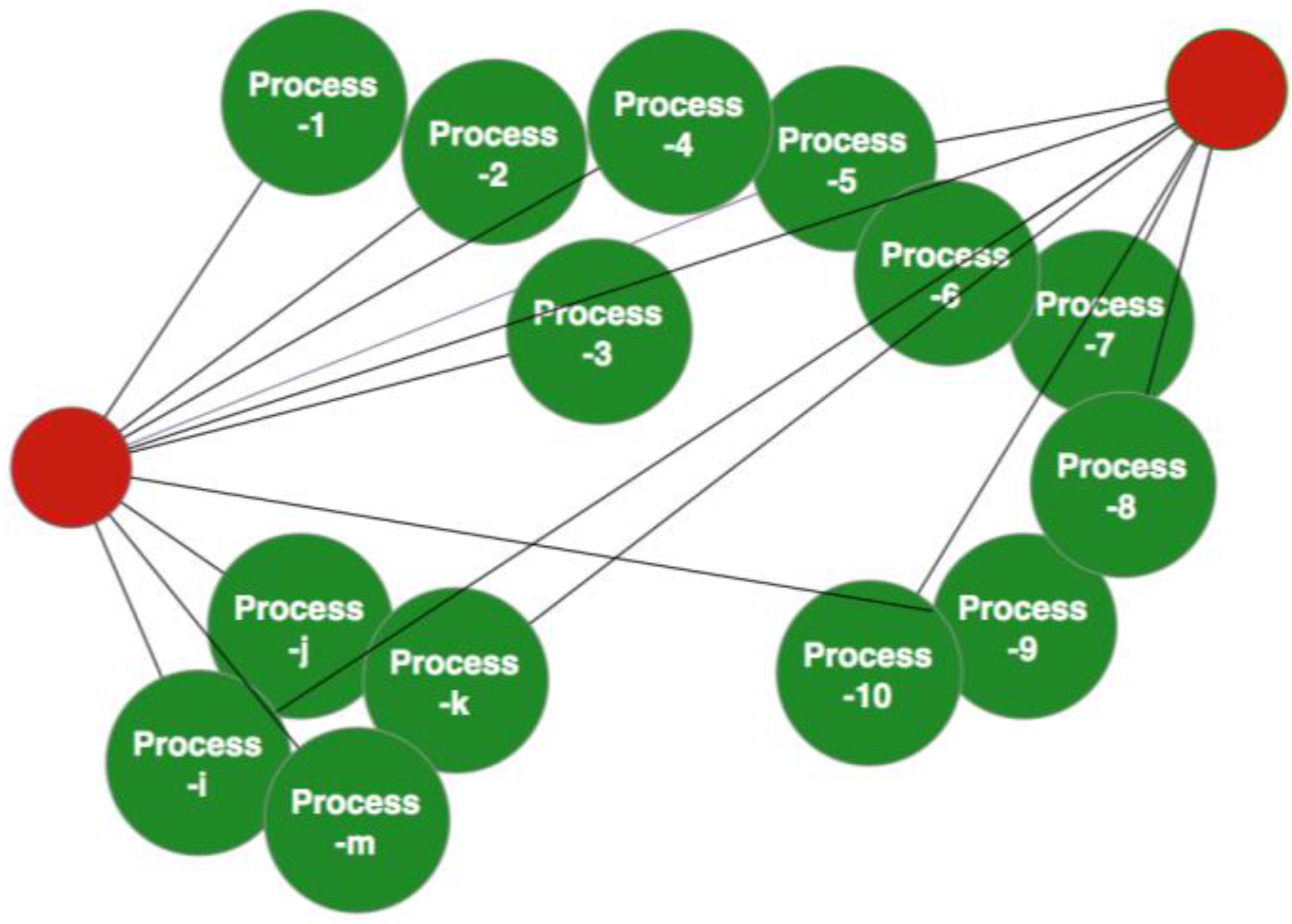
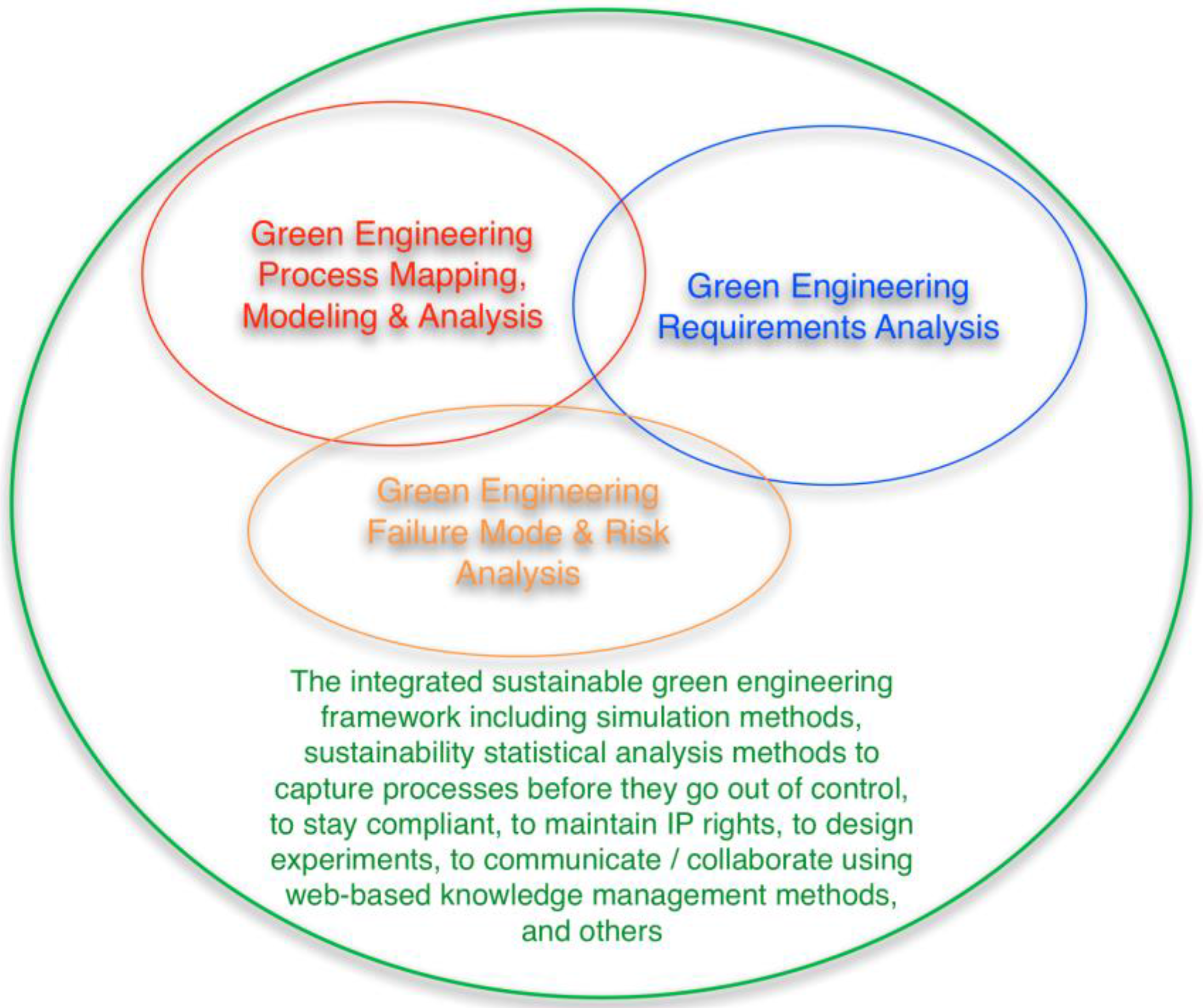
3.1. Our View of a System
- Often, systems engineers are trying to solve the wrong problem. This is because they do not clearly understand the requirements. Often, the solution to a real problem is much simpler than what it first appears to be. Because some system analysts fail to recognize the above issues, industry’s frustration with quality IT and IS (information technology/information systems) has been chronic and, more than often, disappointing (some good examples of poor IT/IS software systems include some social networking sites).
- There is a bigger picture to be considered, too. When designing a sustainable green quality system, one should first perform system analysis of the ‘as is’ system (if this exists) and then design the new system (also known as the ‘to be’ system). The typical phases in this development cycle are planning (this includes customer requirements analysis), System analysis, system design and system implementation/integration/testing.
3.2. What Is a Process?

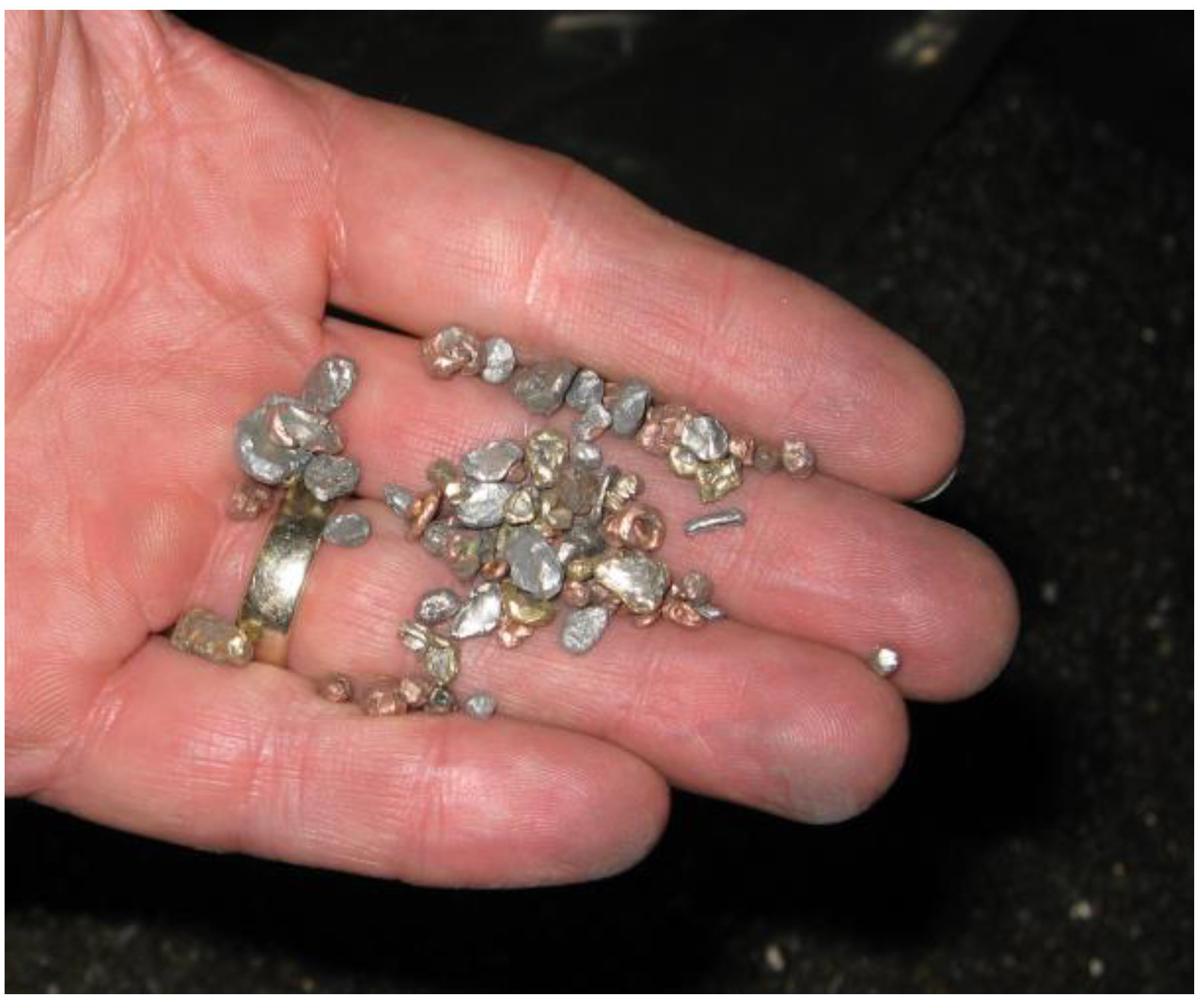

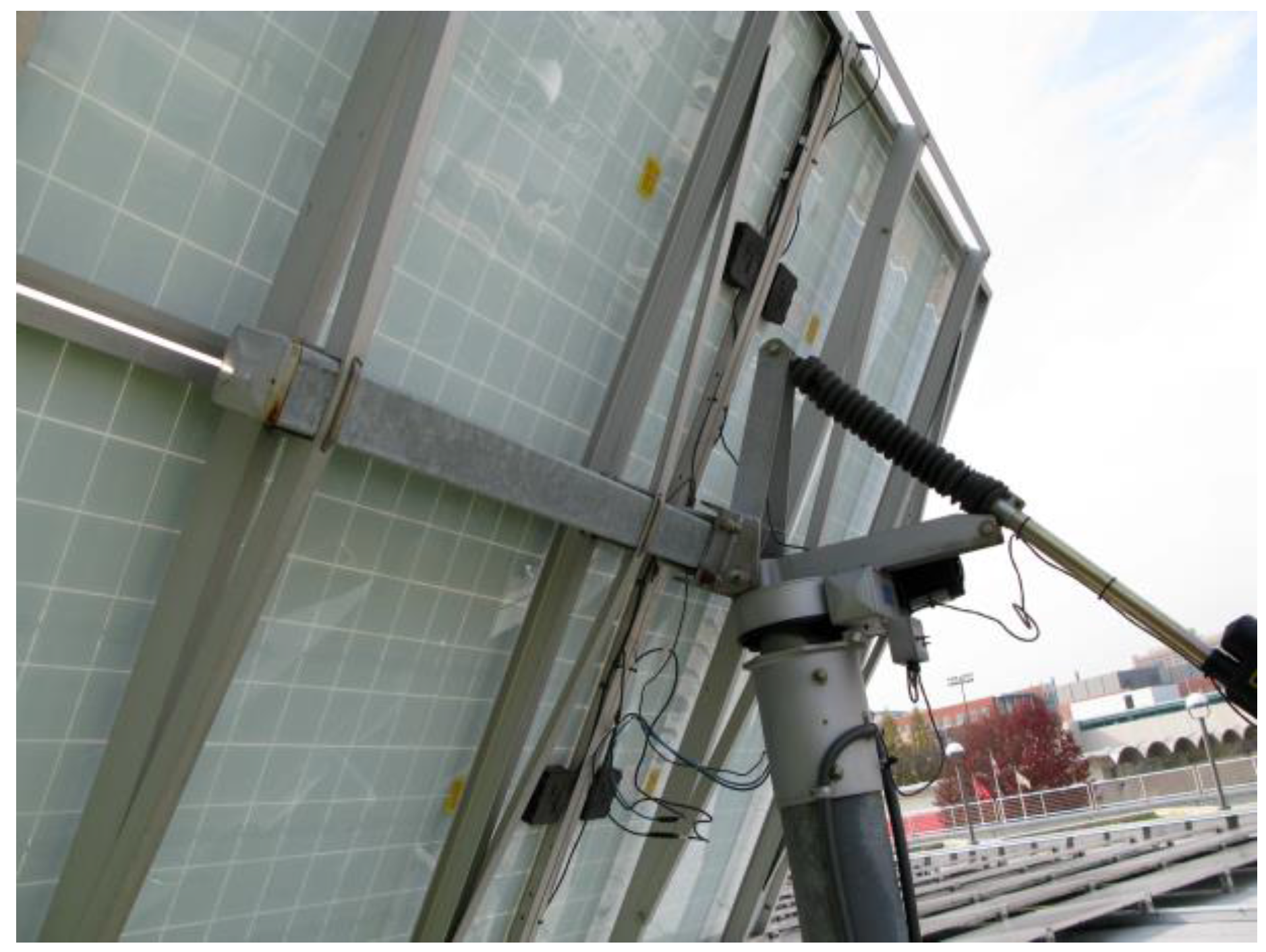
- Think of layers, meaning at which level do you want to create your process map. See the real-world system as a big ‘onion’ that you could gradually peel. Each of these can be modeled as a layer. (Stay focused, and do not miss the reasons for creating a process map, e.g., to describe and document the process, for the purpose of improving them, determining the best method, educating others, etc.)
- Define the boundaries of the real-world activities or process you want to model. State: ‘this process begins with ABC and ends with XYZ’.
- The first boundary becomes the first step of your process.
- The last boundary is going to be the last step of your process.
- List all of the major steps that occur between.
- Analyze, review and refine your work (follow continuous quality improvement methods).
- Who is responsible for each process step?
- What goes in, what comes out (i.e., the transfer function), under what constraints (controls) using what resources?
- What is the cycle time? (Note that this is very useful for object-by-object cost analysis.)
- Where are the delays?
- Where is the waste and potential toxicity generated?
- Are there any duplications of effort?
- How many defects are there per unit?
- Is the process step adding value or only cost? etc.
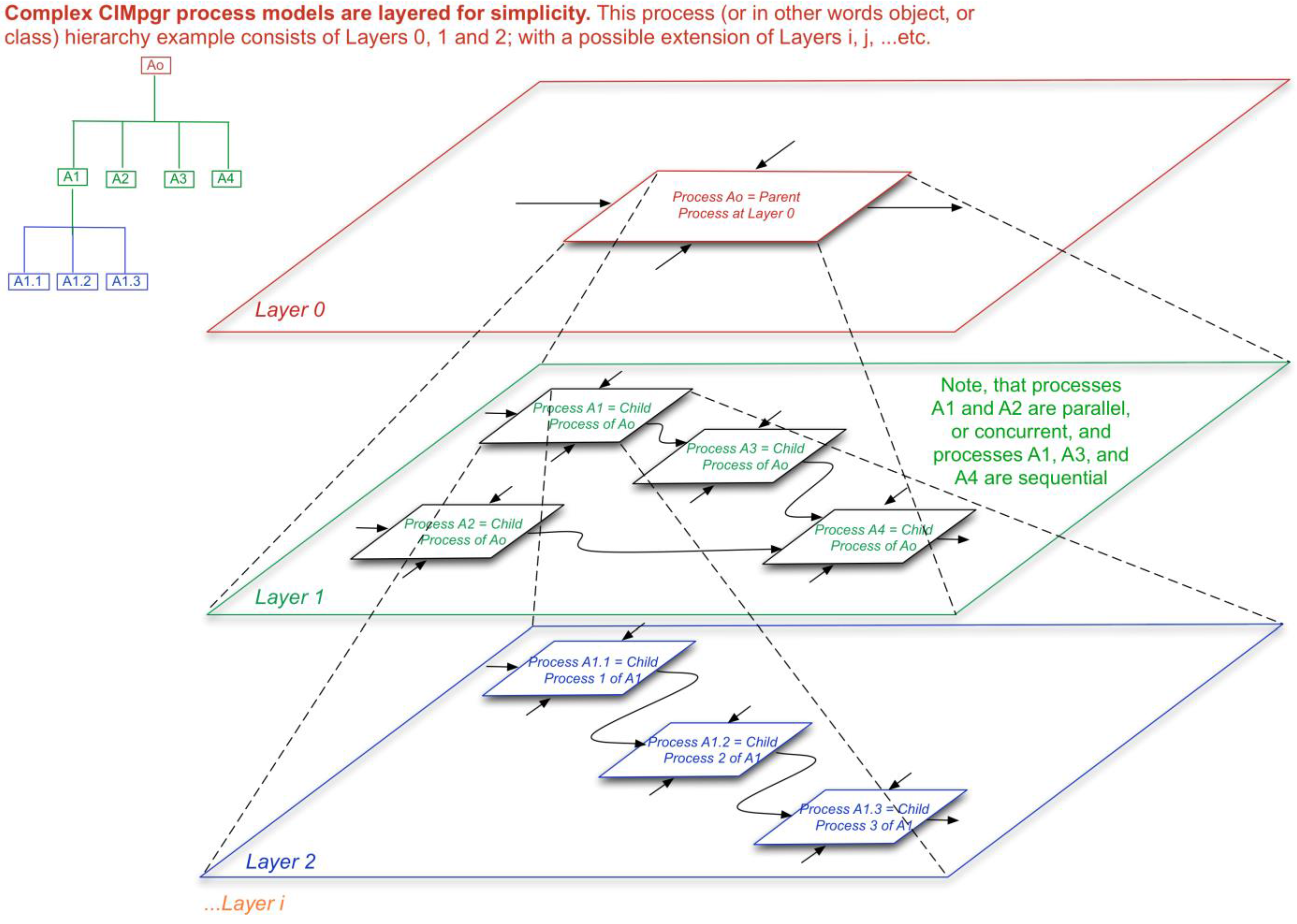
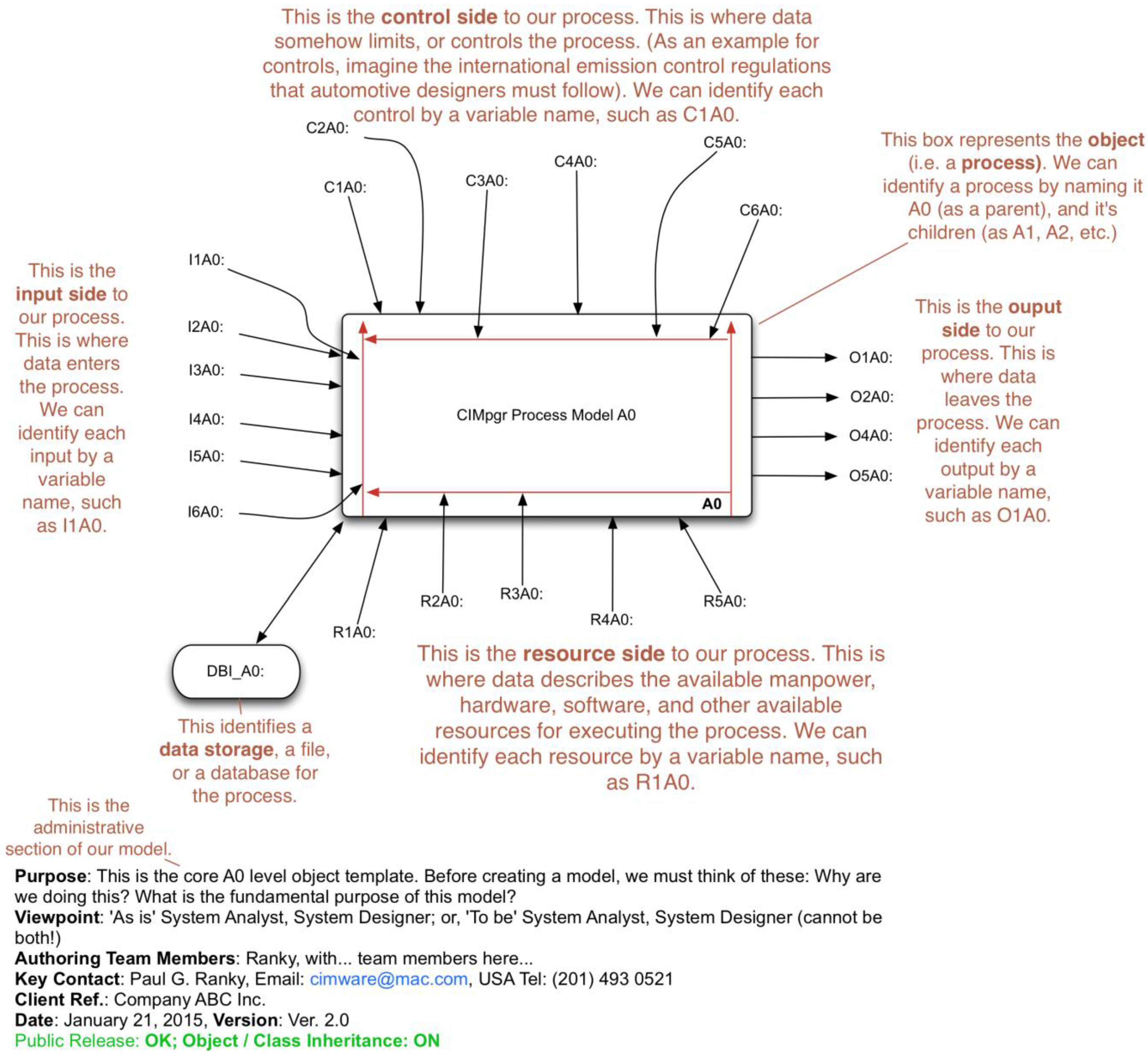
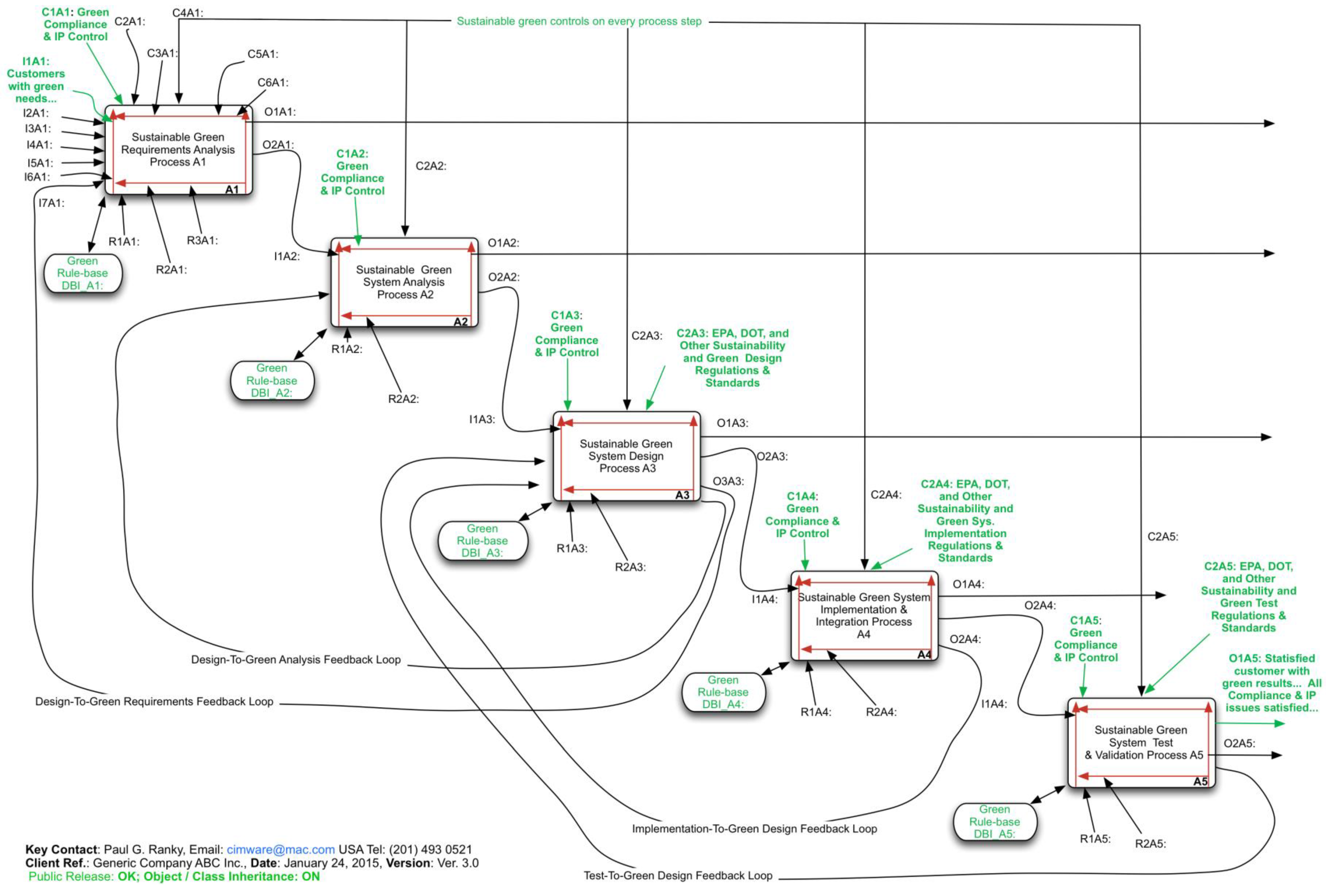

3.3. System Analysis and Design Methods
- Informal techniques: This is probably the simplest and most widely-used method, since it uses natural language and human interaction skills. On the other hand, this is probably the most unreliable method. (As an example, imagine discussing a sustainable green system requirement with people you meet in a public place. How accurate can your findings be? Can you responsibly design a new system or improve an existing system based on such inputs?)
- Formal techniques: These include the use of formal mathematical notation with variable names and calibrated values, visual modeling, simulation and theorems and, therefore, become more precise. On the other hand, such techniques need experienced analysts/designers.
- Special input techniques: These often require specially designed visual modeling (static) and/or simulation (dynamic) modeling languages/systems. As examples, consider visual system analysis, or design using graphical modeling, or simulation programming in the field of energy management, or assembly process optimization (Figure 11, Figure 12 and Figure 13).

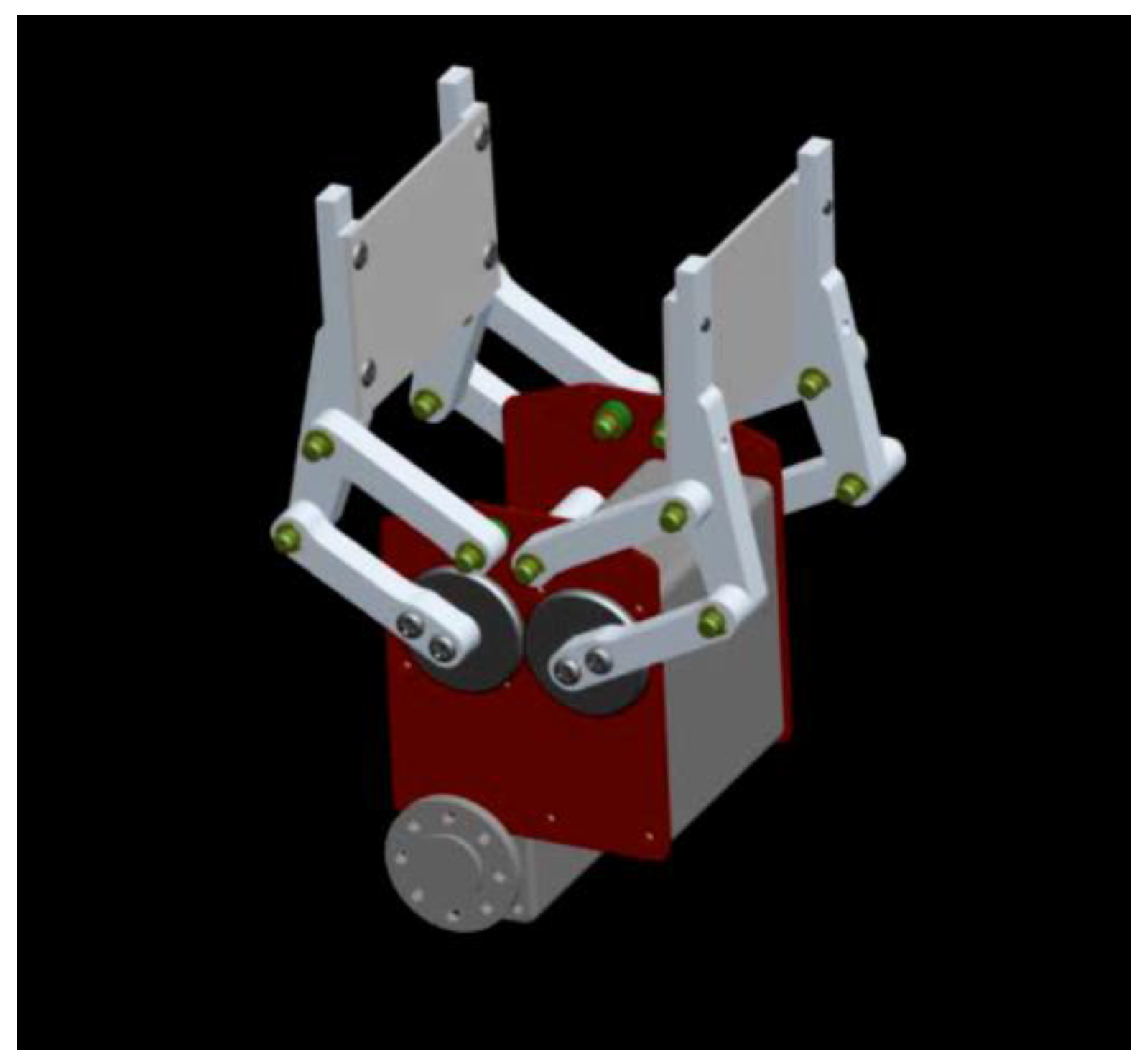

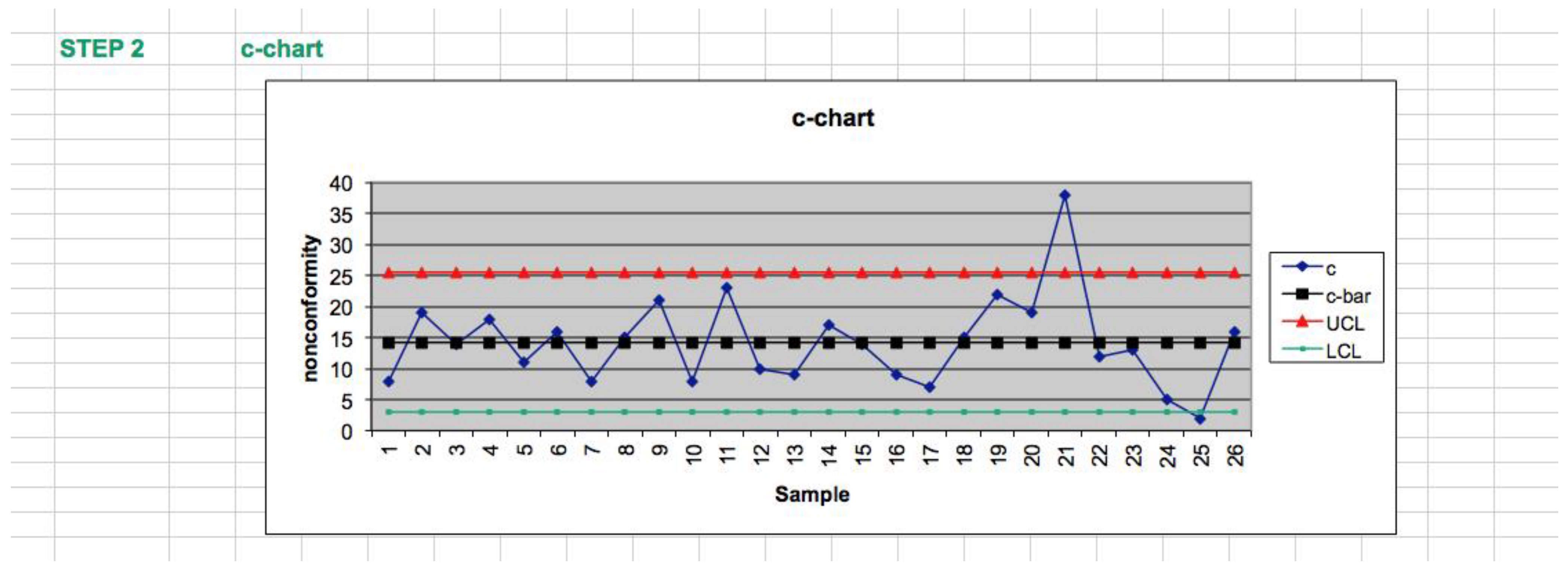
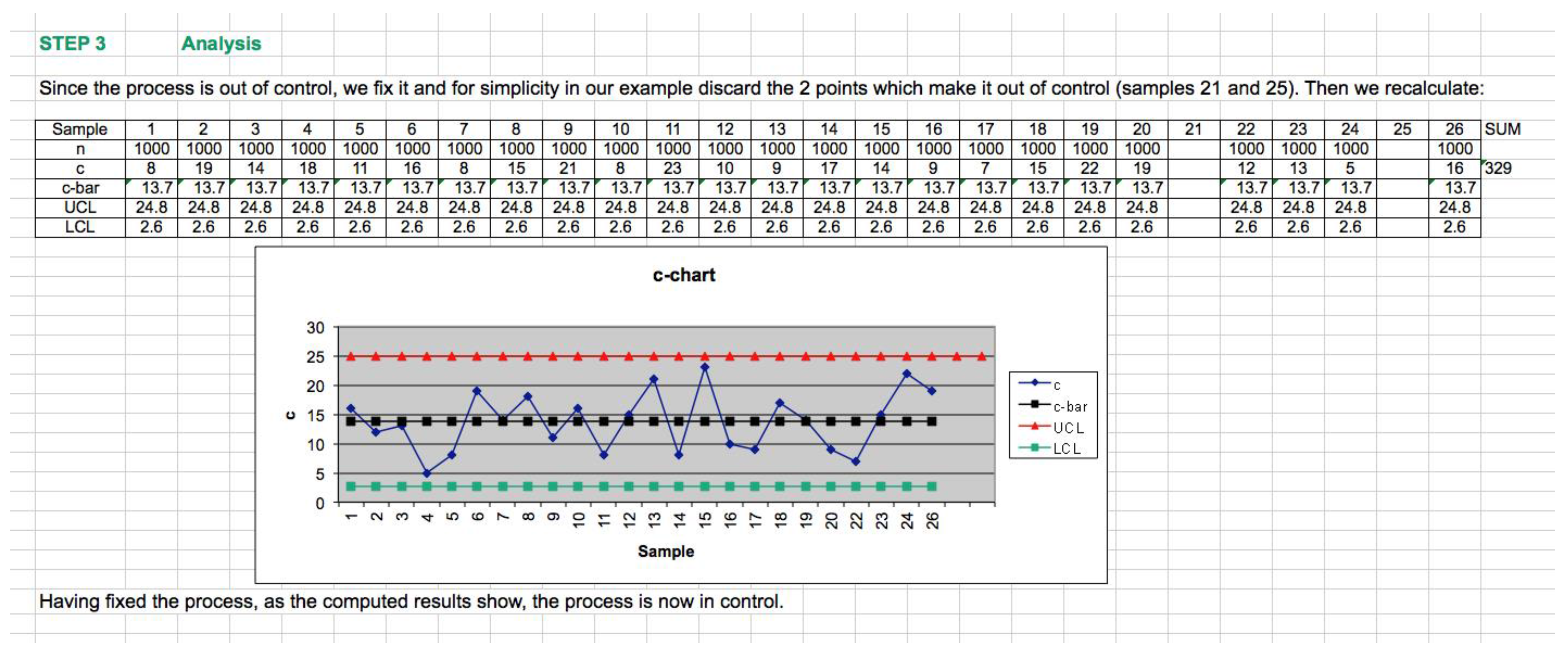

4. Conclusion
Conflicts of Interest
References and Notes
- Ranky, P.G. The Design and Operation of FMS: Flexible Manufacturing Systems; IFS (Publications) Ltd. and North-Holland Publ. Co.: London, UK, 1983. [Google Scholar]
- Ranky, P.G. Visual Factory Design & Management Principles with DENSO, Fanuc, GE Fanuc, Mori-Seiki, and Other Industrial Examples in the USA and in Japan; A virtual factory tour presentation in DVD videos, parts 1 and 2 (totaling 62 minutes); CIMware USA, Inc.: New York, NY, USA, 2014. [Google Scholar]
- Ranky, P.G. Total Quality Management 3D Interactive eBook; CIMware USA Inc.: New York, NY, USA, 2015; p. 740. [Google Scholar]
- Ranky, P.G. NJIT course syllabi URLs for green PLM/Concurrent/Simultaneous Engineering. Available online: http://www.cimwareukandusa.com/All_IE655/IE655Spring2014.html (accessed on 2 April 2015).
- Ranky, P.G. Total Quality Management. Available online: http://www.cimwareukandusa.com/All_IE673/IE673Spring2014.html (accessed on 2 April 2015).
- Ranky, P.G. Interactive Talking Panoramas for capturing VOC (Voice of the Customer) sustainability examples, for education, and for other purposes. Available online: http://www.cimwareukandusa.com/RW-Street-PanoSiteNavig-Upload/RW-Street-PanoSiteNavigation-Map.html (accessed on 3 April 2015).
- EPA (Environmental Protection Agency). 2015. Available online: http://www.epa.gov/sustainability/basicinfo.htm (accessed on 3 April 2015).
- ICLEIUSA. Available online: http://www.icleiusa.org/about-iclei/faqs/faq-sustainability-and-local-governments (accessed on 2 April 2015).
- Blanchard, B.S.; Fabrycky, W.J. Systems Engineering and Analysis, 5th ed.; Prentice-Hall: Englewood Cliffs, NJ, USA, 2011. [Google Scholar]
- Elliott, C.; Deasley, P. Creating Systems that Work--Principles of Engineering Systems for the 21st Century; Royal Academy of Engineering: London, UK, 2007. [Google Scholar]
- Rebovich, G.; White, B.E. Enterprise Systems Engineering: Advances in the Theory and Practice; CRC Press, Taylor and Francis Group: Boca Raton, FL, USA, 2014. [Google Scholar]
- Bernus, P.; Nemes, L.; Schmidt, G. Handbook on Enterprise Architecture; Springer-Verlag: Berlin/Heidelberg, Germany, 2003. [Google Scholar]
- Rebovich, G.; White, B.E. Enterprise Systems Engineering: Advances in the Theory and Practice; CRC Press, Taylor & Francis Group: Boca Raton, FL, USA, 2011. [Google Scholar]
- Rouse, W.B. Engineering the Enterprise as a System. In Handbook of Systems Engineering and Management, 2nd ed.; Sage, A.P., Rouse, W.B., Eds.; Wiley and Sons, Inc.: New York, NY, USA, 2009. [Google Scholar]
- Valerdi, R.; Nightingale, D.J. An Introduction to the Journal of Enterprise Transformation. J. Enterp. Transform. 2011, 1, 1–6. [Google Scholar] [CrossRef]
- Ranky, P.G. Sustainable Energy Management and Quality Process Models and Technology Based on ISO50001: 2011, The International Energy Management Standard. In Proceedings of ISST2012, IEEE International Symposium on Sustainable Systems and Technology ISSST, Boston, MA, USA, May 2012.
- Ranky, P.G. (Editor) A Multimedia R&D Resource Library of Videos, 3D eBooks, and Active Code Objects for Sustainable Engineering Focused Education, Academic Research and Professional Engineering Management. 2015. Available online: http://www.cimwareukandusa.com (accessed on 3 April 2015).
© 2015 by the authors; licensee MDPI, Basel, Switzerland. This article is an open access article distributed under the terms and conditions of the Creative Commons Attribution license (http://creativecommons.org/licenses/by/4.0/).
Share and Cite
Ranky, P.G. An Integrated Architecture, Methods and Some Tools for Enhancing Sustainable Enterprises and Systems. Systems 2015, 3, 27-44. https://doi.org/10.3390/systems3020027
Ranky PG. An Integrated Architecture, Methods and Some Tools for Enhancing Sustainable Enterprises and Systems. Systems. 2015; 3(2):27-44. https://doi.org/10.3390/systems3020027
Chicago/Turabian StyleRanky, Paul G. 2015. "An Integrated Architecture, Methods and Some Tools for Enhancing Sustainable Enterprises and Systems" Systems 3, no. 2: 27-44. https://doi.org/10.3390/systems3020027




